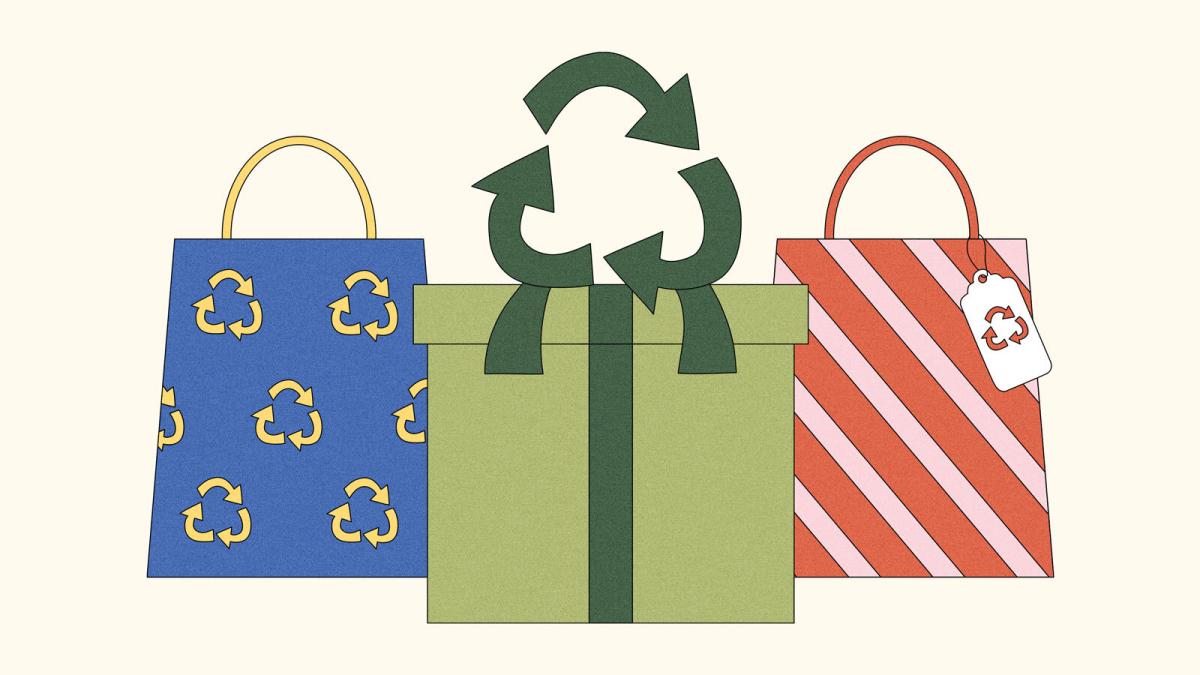
The spotlight
Hey there, Looking Forward fam. We are celebrating a milestone: Today marks the 100th issue of this here old newsletter.
Over the past two-plus years, we’ve covered a huge range of climate solutions, from resilience hubs to solar grazing to the power of municipal budgets. We’ve answered some of your insightful questions. We even started a book club. And, of course, we have kept up a high level of enthusiasm for climate fiction drabbles.
We want to thank you all for being a part of this community. Whether you’ve been a subscriber since day one or this is the very first newsletter to hit your inbox, we are glad you’re here!
To celebrate 100 issues of Looking Forward, we’re rounding up some superlatives — senior yearbook style. My editor challenged me to pick a winning story in several categories: most surprising, most actionable, most fun … you get the idea. So take a look back (or a look for the first time!) at some of the topics that have stuck with me, and resonated with your fellow readers.
And, to honor our persisting love for the drabble form, we’re also excited to announce a special opportunity. We’re launching a mini drabble contest, dedicated to Looking Forward’s mission of envisioning a clean, green, just future. Find the deets below!
![]()
Most surprising
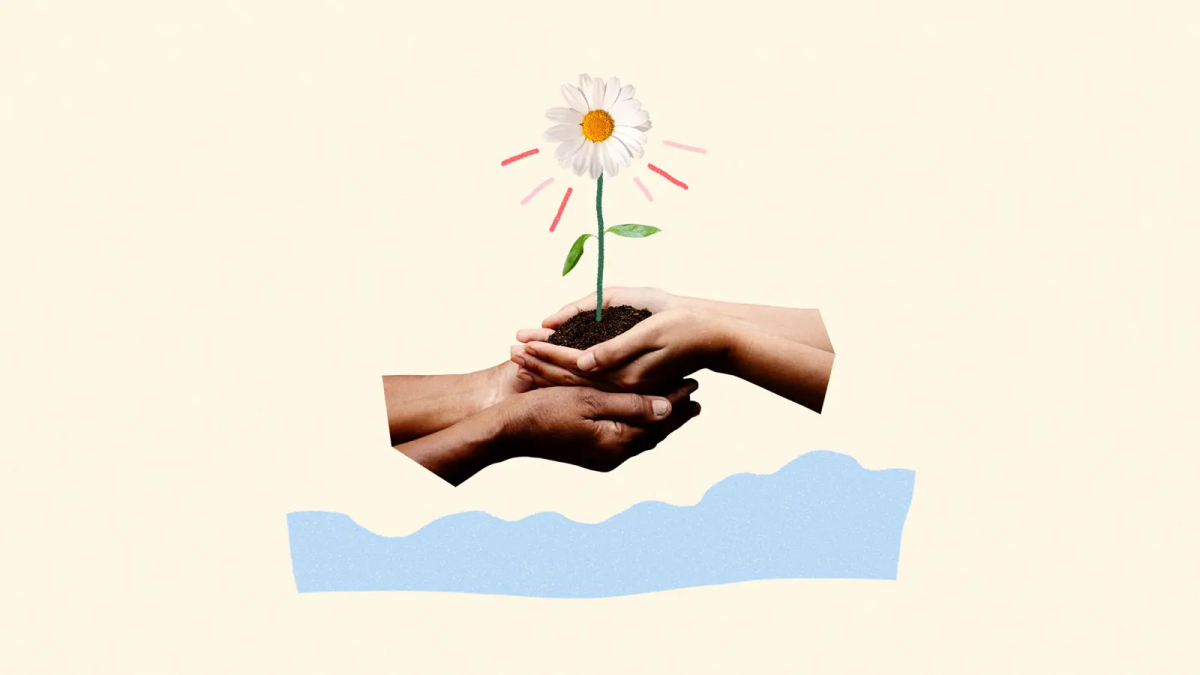
Meeting your neighbors is a climate solution
Climate change is a global problem. But its impacts — and, often, its solutions — happen locally. In the very first issue of Looking Forward, we explored how the simple act of making friends with your neighbors can be part of a crucial infrastructure for climate resilience. I still think back to this newsletter as setting the tone for how we view and discuss what makes a climate solution, because of how it changed my perspective.
Puerto Rico-based climate activist Christine Nieves Rodriguez told me about her experience weathering the disaster of Hurricane Maria — and how the bonds between neighbors and friends made all the difference in the aftermath of the storm. “The people who are closest to you physically will become the most important people of your life when everything collapses,” Nieves said. Read the story here.
Runner-up: It’s not just you: The planet wants a 4-day workweek, too
![]()
Most actionable

Investing in the climate while you sleep
In this first-person feature, former Grist fellow Marigo Farr wrote about her experience transitioning to climate-friendly banking and investment options — and offered a range of avenues through which readers might begin to do the same. (Ando, the bank Marigo was using at the time, has since closed. But the other companies and resources she explored are still active.) Inspired in part by Marigo’s inclusive, approachable advice, I tried this myself. I had already been using a sustainability-oriented bank called Aspiration, which offers a pretty low-key investment fund (the minimum is $10). I decided to start with $100, just to get a feel for doing something international with my dollars, instead of stashing them in a cardboard box in my attic (I’m kidding, of course. But barely). Read the story here.
Runner-up: Saying ‘I do’ to more sustainable celebrations
![]()
Most fun interview
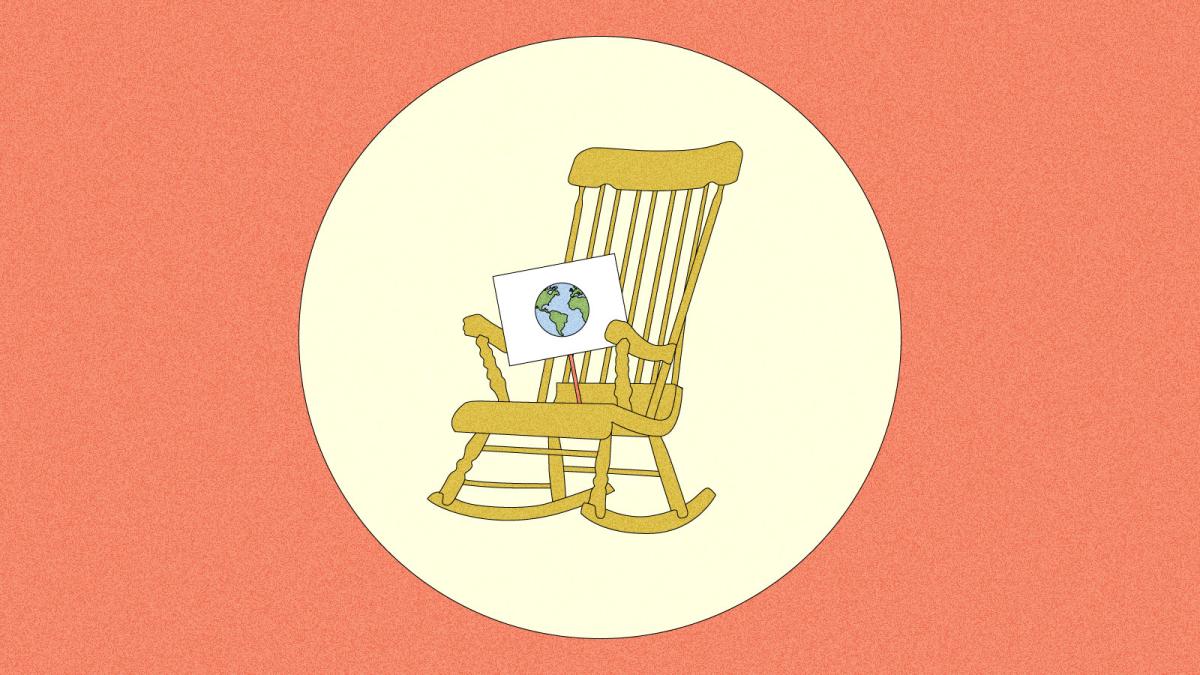
Why older Americans are taking to the streets for climate action
In March of 2023, an organization called Third Act staged a nationwide day of marches, rallies, and sit-ins outside of big banks to protest their continued funding of fossil fuels. The twist: These activists were sitting in rocking chairs. The organization, founded by author and environmentalist Bill McKibben, is specifically for those older than 60.
For this newsletter, I interviewed Lani Ritter Hall, who was a first-time protestor when she joined the Third Act demonstrations. Our conversation was both fun and thought-provoking — I could tell how galvanizing the experience had been for her, and how meaningful it was to do it with a group that proudly emphasized their advanced age. “For the first time in 76 years, I was out on the street with a sign in front of a bank in Cleveland, Ohio,” she told me. “It was like, Oh, my gosh, am I really doing this? Yes, you are!” As a youngish person myself, I was fascinated to hear how being closer to the end of life has in some ways been a driver to activism for her and other Third Actors — “all of a sudden there’s so much more urgency about trying to really make a difference so that the world will be better for future generations.” Read the Q&A here.
Runner-up: The official US climate report includes LGBTQ+ issues — for the first time
![]()
Most conversation-starting
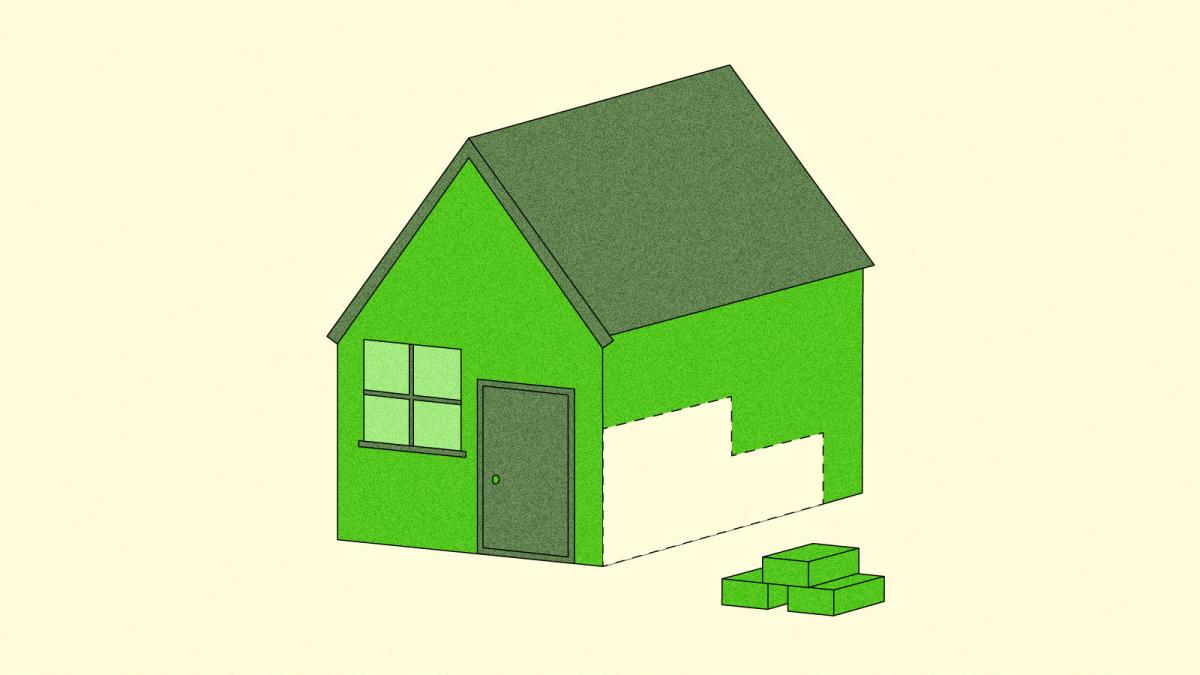
To keep building materials out of landfills, cities are embracing ‘deconstruction’
This piece by Syris Valentine explored the concept of deconstruction — taking buildings apart and reusing or recycling the materials, rather than demolishing them and sending the waste to landfills — and how a growing number of cities are beginning to mandate the practice. The topic seemed to hit home — this newsletter holds the record for most reader replies!
This note from Brian Hart has particularly stayed with me:
“I would first point out that those of us who were forming households in the late ’60s and early ’70s, were building with tons of recycled materials. (More extreme versions were labeled “hippie,” by some.) When my late wife and I bought a shack on the edge of the Fraser River, in 1971, we had a minuscule budget for making it habitable. Recycled material made it possible; to wit: All of the doors and windows in our home were originally the suite entry doors from a 1930s office building, complete with frames and transoms and hardware, that were already on a truck to the dump; I paid the driver to dump them at my place. (A unique feature, at the time, was every window and door in our house had a mail slot.)”
The list went on, from the bathroom sink to the kitchen cabinets. And several other readers responded to share about local initiatives in their cities, their interest in ReStores, and some of the secondhand or upcycled items most near and dear to them. Read the story here.
Runner-up: Heat pumps are taking off in Maine, one of the coldest states
![]()
Most adorable
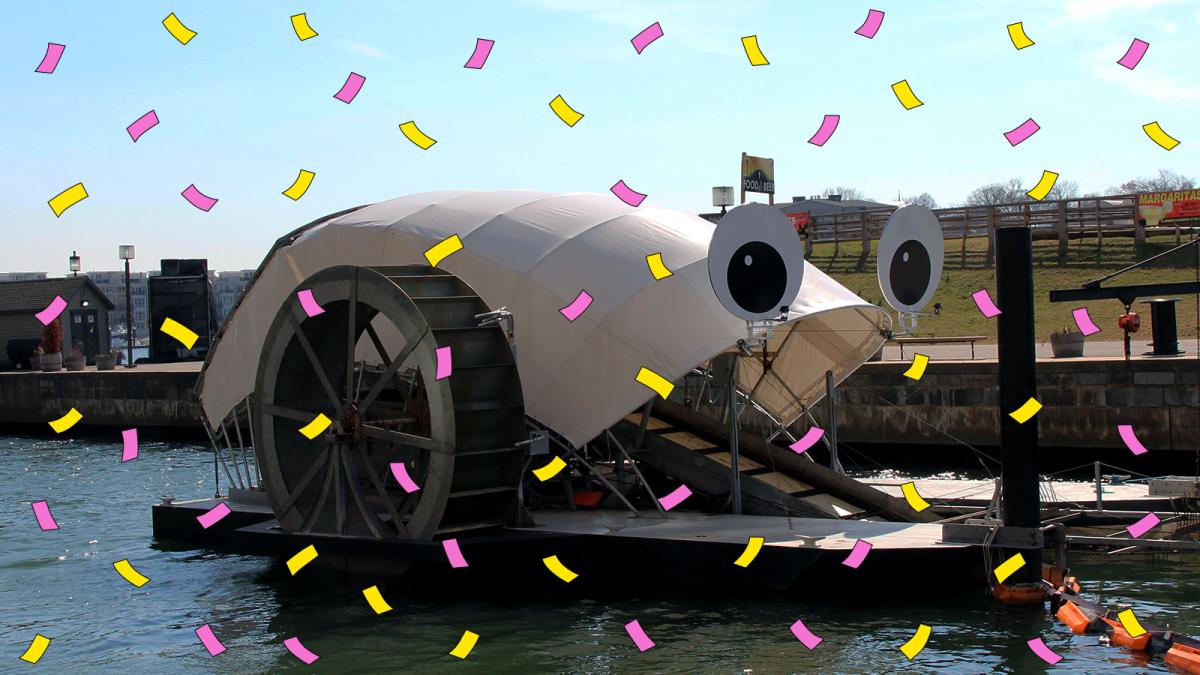
Meet Mr. Trash Wheel, a champion for the end of single-use plastics
This might be my all-time personal favorite newsletter. Although I have since moved to Seattle, I was a proud Baltimorean in the spring of 2023, and keen to celebrate (and share with all of you) a weird and delightful local phenomenon: It was the ninth birthday of Mr. Trash Wheel, the googly-eyed, mouthlike machine who sits in Baltimore’s Inner Harbor, gobbling up trash before it can make it out to sea — and he was having a party. Mr. Trash Wheel now has a family of look-alikes in different parts of Baltimore, and the concept has even spread to other cities. And, in addition to directly removing trash, the wheels’ celebrity has turned into an advocacy tool for the end of single-use plastics. Read the story here.
Runner up: Four stories of relationships forged through climate action
— Claire Elise Thompson
See for yourself
In honor of 100 issues of Looking Forward, we are excited to launch a mini drabble contest.
Drabbles, little 100-word pieces of fiction, have been a mainstay of Looking Forward since the beginning. We’ve always aimed to document the work being done today to address the causes and impacts of the climate crisis, while also envisioning what the future could look like if we get it right. That’s where drabbles come in. So, we’re going to celebrate 100 issues with an ode to the 100-word form. Send us a drabble imagining the world in 100 years for a chance to win presents!
Here’s the prompt: Choose one climate solution that excites you, and show us how you hope it will evolve over the next 100 years to contribute to building a clean, green, just future.
We’ve covered a boatload of solutions you could draw from (100, to be exact!) — so if you need some inspiration, peruse the full Looking Forward archive here, or check out some of the issues linked above.
Drabbles offer a little glimpse of the future we dream about, so paint us a compelling picture of how you hope the world, and our lives on it, will evolve.
Here’s what we’ll be looking for:
- Descriptive writing that makes us feel immersed in the scene and setting.
- A sense of time. You don’t have to put a specific timestamp on your piece, but give us some clue that we are in the future (not an alternate reality), approximately 100 years from now, and that certain things have changed.
- A sense of feeling. Is this vignette about joy? Frustration? Excitement? Nervousness? The mundane pleasure of living in a world where needs are met? Make us feel something!
- 100 words on the dot.
The winning drabbles will be published in Looking Forward in May, and the winners will receive presents! Some Grist-y swag, and a book of your choice lovingly packaged and mailed to you by Claire.
To submit: Send your drabble to lookingforward@grist.org with “Drabble contest” in the subject line, by the end of Friday, April 26.
We look forward to reading your visions for a clean, green, just future!
A parting shot
For our 100th parting shot, we’re sharing a reflection from Mia Torres, the editorial designer responsible for Looking Forward’s look and feel:
“I scrolled through our archive and pulled this illustration from November 2022. It was for our issue on sustainable holiday gifting, and marked the transition from the collage style we launched the newsletter with to the bright, poppy hand-drawn approach I use today. It’s sweet taking a moment to reflect on how much our art has evolved over the past two-and-a-half years. Cheers to the next 100 issues!”
